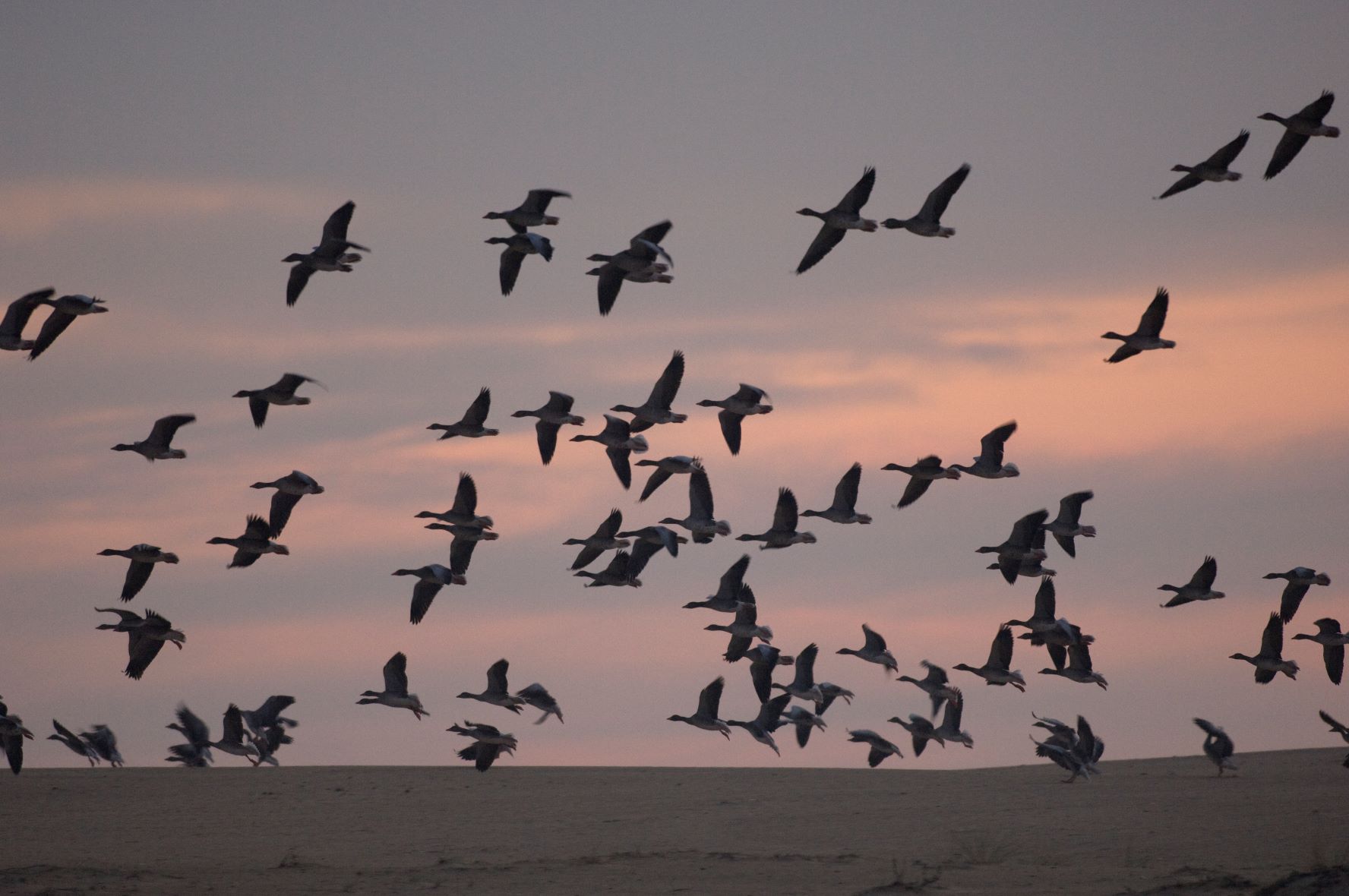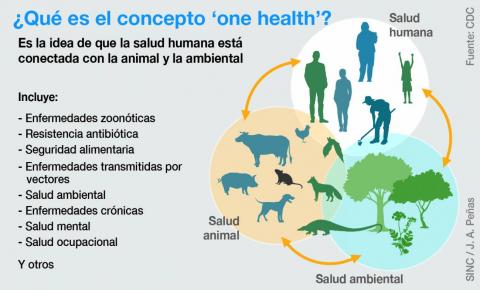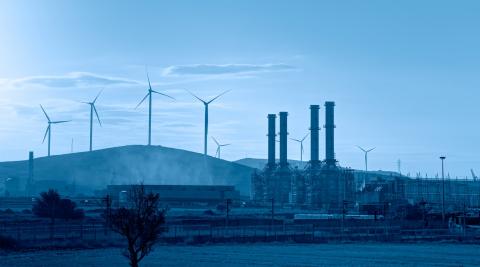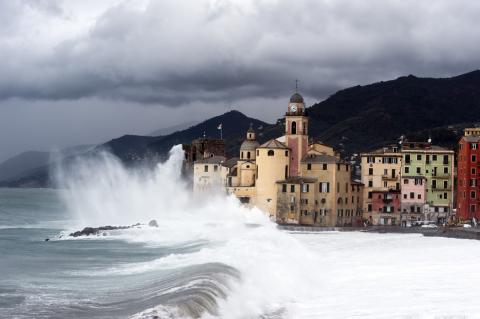Doñana is world famous for its marshes and other wetlands. Although people often associate it with lynxes and imperial eagles, it stands out particularly for its migratory waterbirds, and supports more wintering wildfowl (ducks and geese) than any other part of Europe. Its importance for waterbirds was central to an international campaign that led to its initial protection in 1963, and it was why I moved to the area from the UK 30 years ago.
My hope was to conduct research that could contribute to our understanding of the amazing biodiversity in Doñana, and how to conserve it. Since I arrived, the protected status of Doñana has increased on paper, becoming a UNESCO World Heritage Site in 1994, and with several increases in the size of the National Park (Green et al. 2018). However, the sad reality is that I have watched as the conservation status of the wetlands has deteriorated over the past three decades.
A fundamental cause of decline is that the natural marshes themselves are strictly protected, but the catchment area that supplies the water in them is not. In this catchment area, land-use has changed drastically, with intensification of agricultural and urban uses that take water away from the marshes, and contaminate what is left.
Intensive agriculture around the marshes deprives them of a vital supply of water, and pollutes the remaining water with fertilisers
For example, satellite images show how the area of greenhouses growing strawberries and other thirsty fruits surrounding the marshes grew five-fold between 1995 and 2016, to an area exceeding 5km2. Such crops are fed by groundwater, often from unauthorised wells, causing the water table to drop below its natural level.
As a result, the groundwater no longer feeds the Rocina and other streams that should be flowing into the Doñana marshes as much as it did. This intensive farming also relies on large inputs of fertilizers, much of which drain into the groundwater and then into the streams. The result is that both water quantity and quality have declined in the marshes.
Ecologists from Sweden, Denmark, the Netherlands, the UK and Spain call on the Andalusian government to take action in an international scientific journal.
The urgency of this situation has led scientists from five countries to publish a top international scientific journal urging the Andalusian government to take action to reduced groundwater extraction.
In recent decades, the water quality in many European rivers has improved, as urban waste is has been treated more effectively, and dirty industries have been cleaned up or moved to other continents. In contrast, in the Rocina and Partido streams flowing into the Doñana marshes at El Rocio, the quality is now astonishingly bad, with high concentrations of pollutants such as ammonia and nitrites, too dirty for any fish species.
Urban waste-waters from towns around Doñana are part of the problem, as many of their WWTPs do not comply with the EU directives. Compared with other areas of Spain, too little effort has been made to treat urban waste-waters in areas surrounding Doñana.
Management has focused on birds and mammals, which are not sensitive indicators of water quality; perhaps this is why the water in the marshes has been worsening for decades without major protests.
Whereas we should expect, or even demand, that water be treated to ensure good quality before it enters a World Heritage Site, the reality is that the marshes of the WHS are now relied upon to treat waste waters coming from the catchment area. The emergent plants such as bulrushes Bolboschoenus maritimus play a major role in that, just as reed-bed filters do in many WWTPs (waste-water treatment plants) around the world.
This degradation has obvious consequences. Harmful algal blooms (cyanobacteria) are now a common and depressing sight, even in April. The extra phosphorus pumped into the marshes has allowed them to be colonized by the invasive floating fern, Azolla filiculoides, since 2001. Many sensitive invertebrate and plant species have disappeared from the affected areas. However, the protected area management has always been focused towards birds and mammals, which are not sensitive indicators of water quality, and this may partly explain how such a loss of water quality has happened over decades without much protest.
Another explanation may lie in the Aznalcollar mine disaster of 1998, which contaminated the Guadiamar with sludge full of heavy metals that threatened to enter the WHS. Major efforts were made to clean up and restore the Guadiamar to the north-east of Doñana, with the underlying assumption that this was a critical threat to water quality. At the same time the authorities, and scientists, turned a blind eye to the ongoing degradation of the Rocina and other streams to the north-west. As a result, paradoxically the water quality in the Guadiamar is now much better than in the Rocina, when the opposite was true before the 1998 disaster.
Climate change will bring more heat and less rain, further threatening Doñana's water supply
This worrying situation is made even more serious by ongoing climate change. Increased temperatures and evaporation, combined with predictions for reduced precipitation, will put further pressure on water supplies for Doñana. Higher temperatures also promote cyanobacteria.
The good news is that we can directly compensate for these effects through management measures. If we act now to reduce groundwater extraction, and decrease the nutrient inputs into Doñana, then the marshes will become more resilient to climate change. But to do this, we need a radical change in attitude from the authorities, to put Doñana first and to save one of the world’s most iconic ecosystems.




